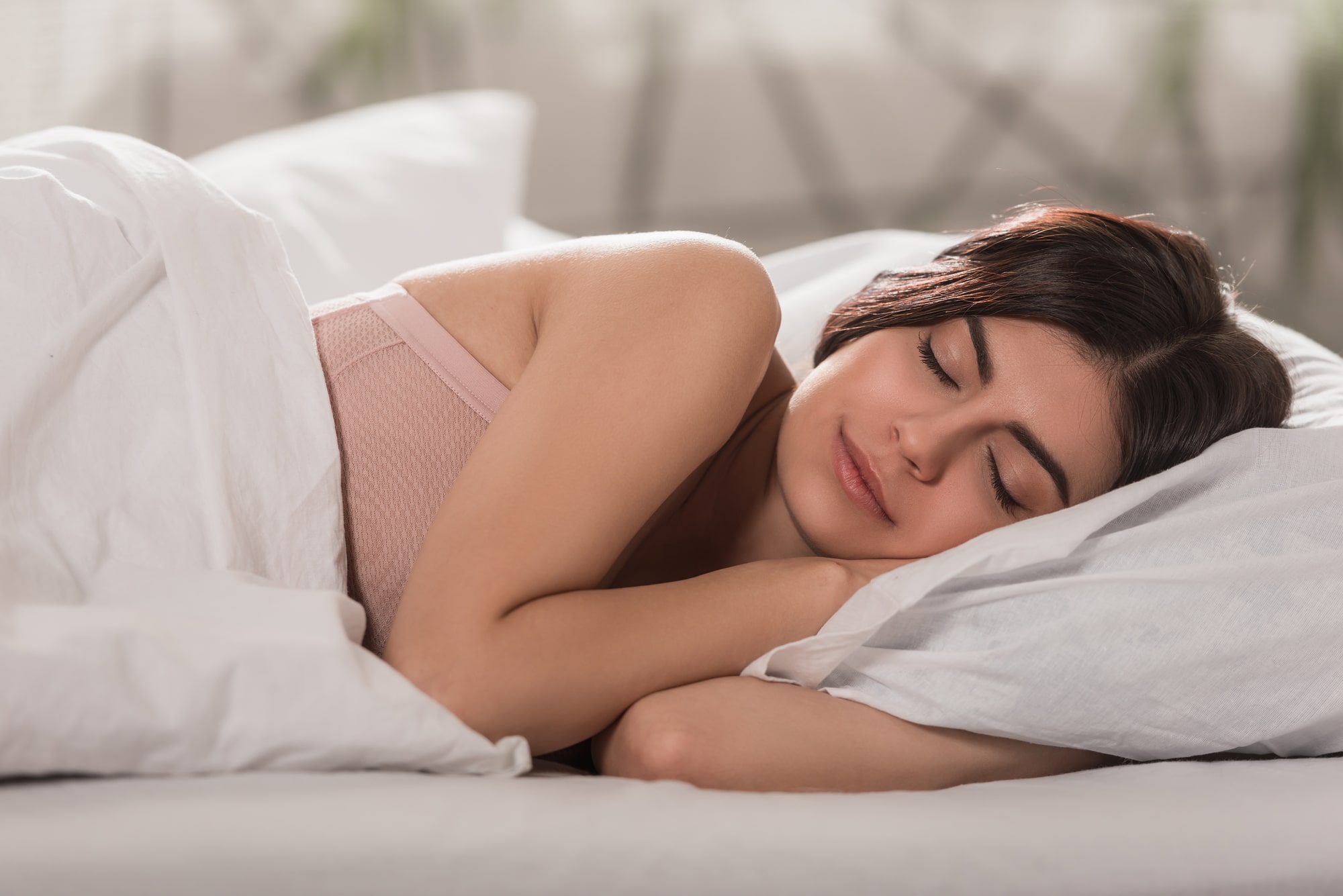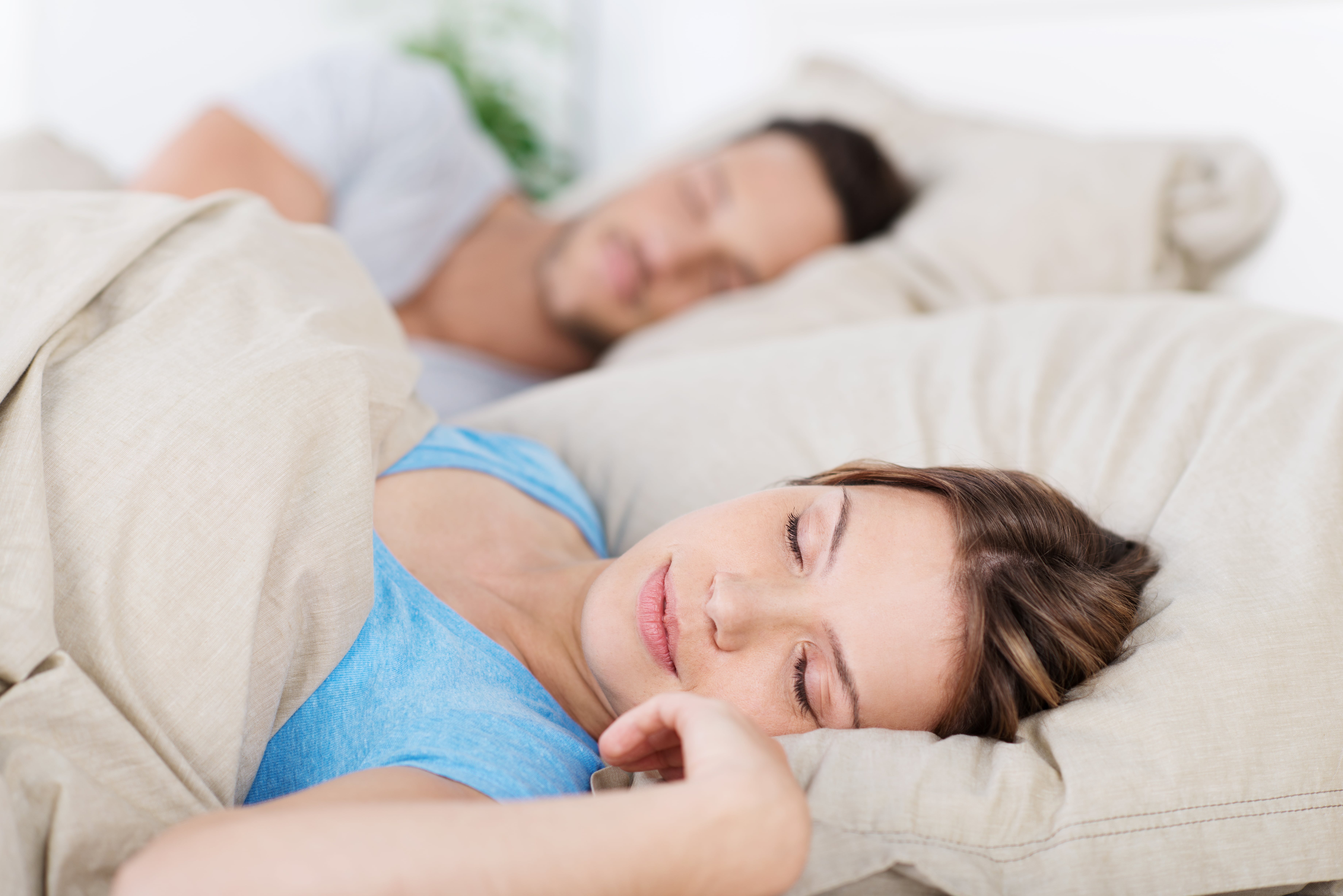Poor sleep quality is a very common complaint I hear from patients in my clinic. It’s also a multi-faceted problem that doesn’t have one solution. Often, I find myself offering various solutions for sleeping to try to create the ideal environment for a peaceful sleep. rest.
To understand just how much of a problem sleep is we can look at the results of a StatsCan study that found, “43% of men and 55% of women aged 18 to 64 reported trouble going to sleep or staying asleep “sometimes/most of the time/all of the time.”
Why Quality Of Sleep Matters
The Canadian Health Measures Survey showed that “Short sleeping duration’s and poor sleep quality are prevalent among Canadian adults. About one-third sleep fewer hours per night than recommended for optimal physical and mental health. This group also experiences poor sleep quality more frequently than do those who sleep the recommended number of hours.” (1)
According to these statistics it is evident that there is a high percentage of people reporting sleeping problems.
Chronic sleep problems can have detrimental health consequences as well. Poor sleep quality and duration is “…associated with obesity, Type 2 diabetes, cardiovascular disease, injuries, death from all causes, depression, irritability and reduced well-being…” (2)
How Many Hours Of A Peaceful Sleep Do You Need?
For adults aged 18 to 64 are recommended 7 to 9 hours of sleep per night. While seniors aged 65 or older should get 7 to 8 hours. (3)
What Are The Best Sleeping Positions?
Most people fall into three general positions for sleeping, back, side, and stomach. While there are numerous arguments to be made on which is best, it comes down to what allows your spine to maintain a neutral position that is as straight as possible with little to no tilts and bends. Ensuring you have the right pillow is also essential for a painfree and peaceful sleep. Click here to take the pillow test then watch this video on how to find the right pillow.
In order to address the issue, it’s important to understand the cause. This differs for many people, however, rather than diving into the complexity of the problem, I’d like to offer the reader the following possible solutions for a peaceful sleep based on my experience.
1. Limit Your Exposure To Artificial Light At Night
Light alerts the body that it is daytime so dimming or as I do in my house, shutting off all the lights in the house a few hours before bedtime, allows me to get sleepy and fall asleep faster. Keeping your bedroom dark may also help, just make sure the area around your bed is safe from obstacles in case you do wake up in the middle of the night to get a drink of water or go to the bathroom. This is especially important for seniors who are at risk of falls.
2. Create A Regular Sleeping Schedule
Stick to a regular schedule that has you going to bed at the same time every night as well as waking up at the same time in the morning (even on weekends). A routine for sleeping may be the momentum you need to achieving good night’s rest.
3. Turn The TV Off A Few Hours Before Bedtime
Our brains are not programmed to process motion picture for extended periods of time. Quiet your brain by reducing TV exposure before heading to bed.
4. Limit Caffeine Intake
Caffeine is a stimulant and avoiding may decrease the likelihood of being alert while lying in bed.
5. No Naps Close To Bed Time
After travelling around Europe one summer I noticed some Europeans enjoy a nice “siesta” which is an afternoon rest or nap, especially one taken during the hottest hours of the day in a hot climate. However, these naps are taken early in the afternoon which allows you have ample time to fall asleep later in the evening. Be sure to avoid taking a nap late in the afternoon as it may cause you to either fall asleep much later than anticipated or worse, not sleep at all.
6. Keep The Bedroom Cooler Than Usual
Turn down the thermostat a few degrees at night to allow your body to fall into a state of hibernation. It works for bears so it’s worth a try.
7. Draw Up A Warm Bath
A warm bath or shower helps to soothe and relax the body and prepare it for bed.
Note: a cold shower has the complete opposite effect in case you feel drowsy and sleepy during the day.
8. Avoid Using Technology In Bed
There are several reasons for this. One being that the blue light emitted from our mobile devices strains our eyes and could cause sleep disturbances. Some tech companies have even incorporated a “night shift” mode to allow your eyes to adapt to warmer colours.
9. Keep Mobile Phones And Computers Away From Your Bed
Although the jury is still out on this factor, your cell phone and computer transmit signals even when you’re not using them. Avoid the problem of radio frequencies altogether by leaving your electronic devices in the living room, far away from where you sleep.
10. See A Chiropractor!
One of the most common responses I get from patients after starting Chiropractic care is that they report better sleep. This may due to patients having sleep disturbances as a result of spinal related problems. Since many find relief while addressing their back problems, it may explain why a significant number of those patients report better sleep as an unintended, but much appreciated, side benefit of being under Chiropractic care.
Be sure to check with your health practitioner first before attempting any of these suggestions.
Also, do you find that it’s a struggle to get the kids asleep or better yet stay asleep?Click here to read, Why Do We Make Young Children Sleep Alone?
Sweet dreams!
References:
1. https://www150.statcan.gc.ca/n1/pub/82-003-x/2017009/article/54857-eng.htm
2. Institute of Medicine Committee on Sleep Medicine and Research. Colten HR, Altevogt BM, eds. Sleep Disorders and Sleep Deprivation: An Unmet Public Health Problem. Washington, D.C.: The National Academies Press, 2006.
3. Hirshkowitz M, Whiton K, Albert SM, et al. National Sleep Foundation’s updated sleep duration recommendations: Final report. Sleep Health 2015; 1: 233-43.
Dr. Nenos has been a Hamiltonian since 1990. He completed his undergraduate education at the University of Western Ontario and earned a Bachelor of Health Science degree with Honors. It was in his first year of university that he learned of a profession called Chiropractic. At the time, Dr. Nenos was considering pursuing medicine. Shortly after speaking with many prominent chiropractors and eventually becoming a patient himself, he realized that there was more to this profession than just neck or back pain.
After deciding to pursue Chiropractic he attended the only English speaking school in Canada, the Canadian Memorial Chiropractic College (CMCC) in Toronto Ontario. He was actively involved at the college which ultimately earned him the Raymond Moss Award. While attending CMCC he was also honoured to receive a grant from the Canadian Institute of Health Research to conduct research in the field of anatomy. He graduated with a Doctor of Chiropractic Degree in 2008 and shortly after began practicing as an examination doctor in one of the busiest Chiropractic Clinics in the Golden Horseshoe Area. Shortly after Dr. Nenos followed his heart and decided to open Tree of Life Chiropractic in his hometown of Hamilton.
Dr. Nenos is actively engaged in the community. He served as Canadian Director of the Assyrian Medical Society for a period of time, a humanitarian organization dedicated to serving children, families, and their communities stricken by the war and famine in the Middle East. The organization’s leadership is based on accountability, transparency and honesty which is a reflection of his practice. He is also a runner and triathlete and competes mainly in half marathon distances (21.1 Km). Today, Tree of Life Chiropractic is blessed to serve patients from Hamilton and surrounding areas. He is also the health expert on the local TV show Hamilton Life and can be seen on Cable 14 producing content for his own health show. He is passionate about topics of health relating to the spine and nervous system, nutrition, mind, and exercise.
“My passion is helping people transform their lives by adopting a healthy lifestyle.”
~ Dr. Nenos Damerchie





